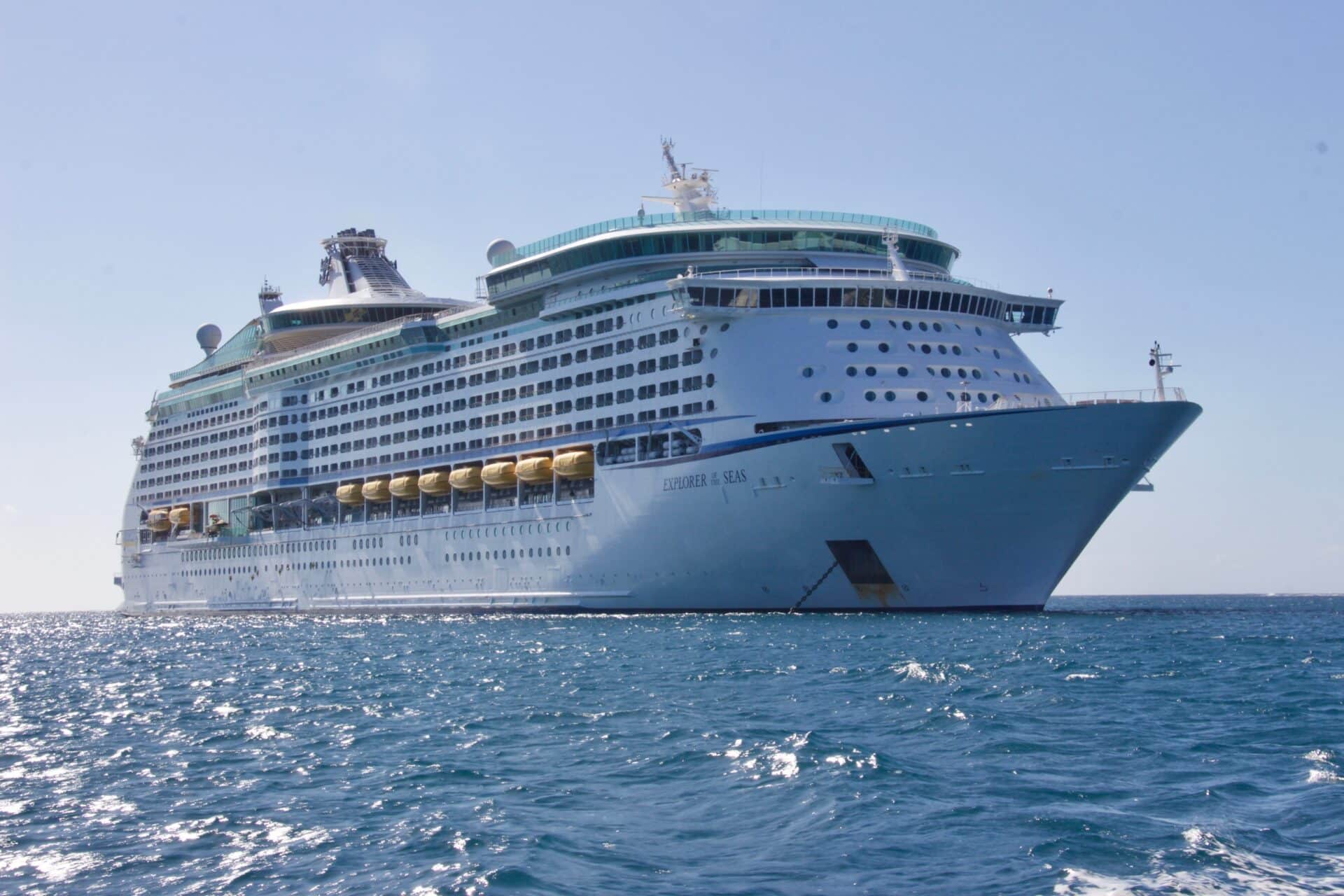Distilling large amounts of water is a process that can be done to produce clean, safe drinking water. This process involves boiling the water, collecting the steam, and then condensing it back into liquid form. By doing this, many contaminants and impurities are removed from the water, leaving it pure and safe. This article will provide an overview of how to distill large amounts of water, including what equipment is needed and the steps involved in the process.Water distillation is a process of purifying water by removing impurities and contaminants through the use of heat. In this process, the water is heated to its boiling point, and the steam is then condensed into a separate container. The condensate produced is free from microbial impurities, chemical pollutants, and other contaminants. This process can be used to produce potable water for drinking and other uses.
What Equipment Is Needed For Distilling Water?
Distilling water is a process of purifying water by removing impurities and contaminants from it. In order to distill water, several pieces of equipment are required. This includes a heat source, such as a stovetop or electric burner, a pot or kettle for boiling the water, and a condensing unit such as a still or separator. The pot should be able to hold the desired amount of water that is to be distilled. For safety reasons, it is important to use only stainless steel or glass for the pot or kettle.
The condensing unit should also be made out of stainless steel and/or glass and must have an airtight seal in order to prevent contamination from occurring during the distillation process. Additionally, it should have an adequate heat source in order to bring the temperature of the water up to boiling point. A thermometer can be used to monitor the temperature throughout the distillation process.
Finally, some type of collection vessel is needed in order to collect the distilled water once it has been cooled down. This can range from something as simple
Preparing the Water for Distillation
Distillation is a process used to purify water by removing impurities. In order to get the most out of distillation, it is important to prepare the water prior to distilling. This includes testing the water for chemical contaminants, ensuring it is free of debris, and adjusting the pH level. Once these steps are taken, it can be distilled into a pure and clean liquid.
Testing the water for chemical contaminants can be done with a home testing kit. These kits come with instructions on how to test the water and what levels of chemicals are considered safe. If the levels are not safe, then an appropriate filtration system should be used before distilling. This will ensure that any remaining chemicals or toxins will not end up in the final product.
It is also important to make sure that all debris has been removed from the water before distilling. Any particles or matter in the water will cause unwanted particles in the end product which can affect taste and quality. To remove this debris, a pre-filter can be used or a simple strainer may suffice.
Understanding The Process Of Water Distillation
Water distillation is a process by which water is heated to its boiling point, and the vapor is then collected and cooled back into liquid form. This process is very effective in removing impurities from the water, as these impurities are left behind when the vapor condenses. It also removes any bacteria, viruses, and other contaminants that may be present in the water. In this way, distilled water is considered one of the purest forms of drinking water available.
The process of distillation requires a container that can hold both hot and cold temperatures. The container must also be able to withstand pressure, as the boiling of the water will cause an increase in pressure. A distiller is typically used for this purpose, although other methods such as steaming can also be used.
The distiller heats up the water until it reaches its boiling point, which is usually around 212°F (100°C). At this temperature, the steam rises off of the surface of the liquid and is captured by a condensing unit. This unit cools down the steam until it turns back into liquid form, leaving behind particles such as bacteria and contaminants

How To Collect and Store Distilled Water
Collecting distilled water is relatively easy, and it can be done in a few different ways. The most common way is to purchase distilled water in containers from your local grocery store or hardware store. This is the most convenient option for those who don’t have access to a distillation system or who don’t want to invest in one. However, if you do have access to a distillation system, it is important to regularly check the quality of the water that you are collecting. It is also important to make sure that the container you are using is clean and well-maintained.
Once you have collected the distilled water, it is important to store it properly. The best way to store distilled water is in glass or plastic containers that are designed specifically for storing drinking water. It is not recommended that you use regular tap water containers, as these may contain bacteria or other contaminants that can contaminate your distilled water. When storing your distilled water, make sure to keep it away from direct sunlight and extreme temperatures. Additionally, make sure that the container has a tight-fitting lid so that no dust or debris can
The Benefits of Large-Scale Water Distillation
Water distillation is a process that removes impurities and contaminants from water. This process can be used on a small scale, such as in home distillers, or it can be used on a larger scale to purify large quantities of water for industrial and commercial use. The benefits of large-scale water distillation are numerous and include improved water quality, increased efficiency, reduced cost, and environmental friendliness.
Large-scale water distillation systems are able to remove a wide range of contaminants including bacteria, viruses, heavy metals, and other organic compounds from the water. This ensures that the purified water meets the standards set out by government agencies in terms of safety and quality. Additionally, large-scale systems can be highly efficient at removing contaminants since they are able to process more water than smaller systems.
The cost savings associated with large-scale water distillation systems are significant. By eliminating the need for costly chemicals or other treatments to purify the water, companies can save time and money on their operations. Furthermore, the process itself requires minimal energy consumption compared to alternative methods of treating contaminated water.
Troubleshooting Common Issues With Large-Scale Water Distillation Systems
Maintaining large-scale water distillation systems can be a challenging task due to the many components involved. In order to ensure that the system runs properly and efficiently, it is important to regularly inspect and troubleshoot any potential issues. Here are some of the most common issues that can arise with large-scale water distillation systems and how to troubleshoot them.
The first common issue is improper maintenance of the system. It is important to make sure that all components are in working order, such as checking for blockages or leaks in pipes, making sure the boilers are operating correctly, and ensuring that all tanks and filters are clean. If any of these components are not functioning properly, the entire system may be at risk of malfunctioning.
Another common issue is low water pressure or flow rate within the system. This can be caused by a variety of factors such as incorrect sizing of pipes or pumps, blockages in pipes, or insufficient power supply to pumps and motors. To troubleshoot this issue, it is necessary to

Conclusion
Distilling large amounts of water is not as difficult as it may seem. By following the steps outlined in this article, anyone can easily make their own water distiller and efficiently distill large amounts of water. With enough practice, you can even learn to build your own makeshift distiller out of some common materials. In either case, learning how to distill large amounts of water is a valuable skill that everyone should have. Not only can it be used for drinking purposes, but it can also be used to collect rainwater and reuse it for other purposes such as watering plants or cleaning tools.
Ultimately, learning how to distill large amounts of water is a worthwhile endeavor that may take some practice and experience but will pay off in the long run. With the right equipment and knowledge, anyone can easily distill large amounts of water quickly and efficiently.

